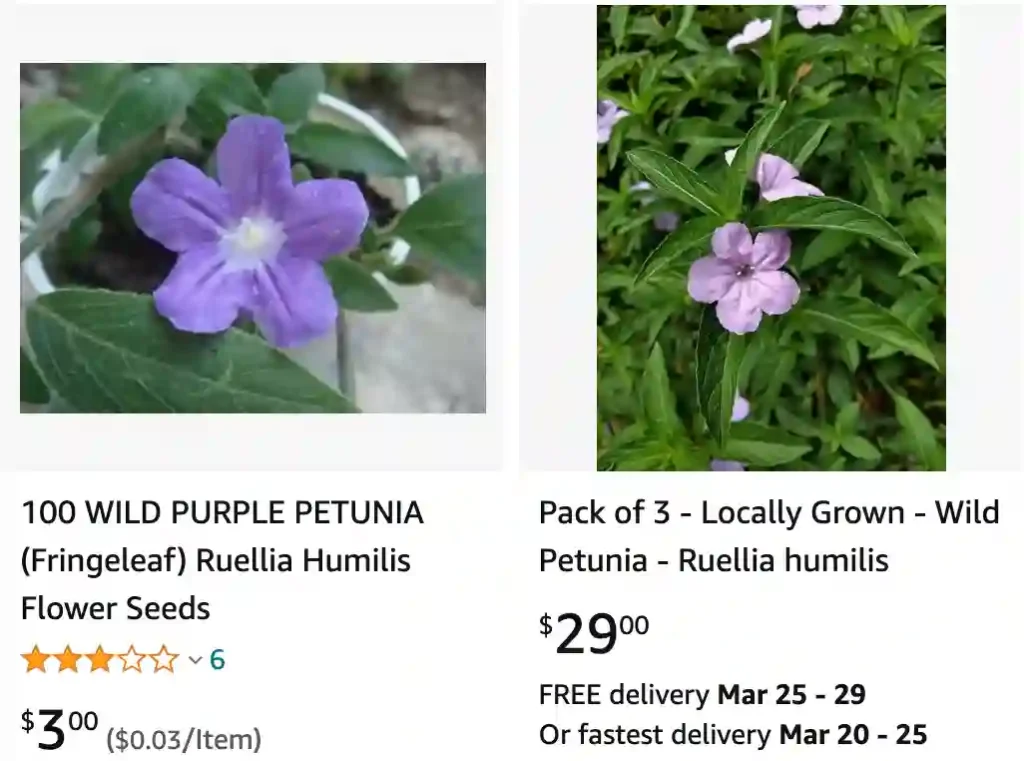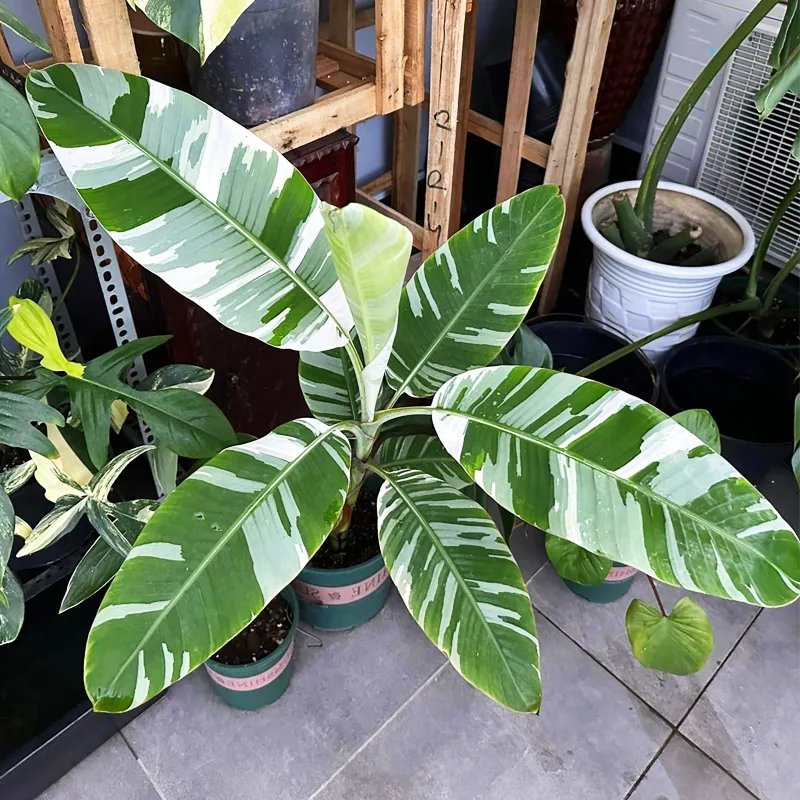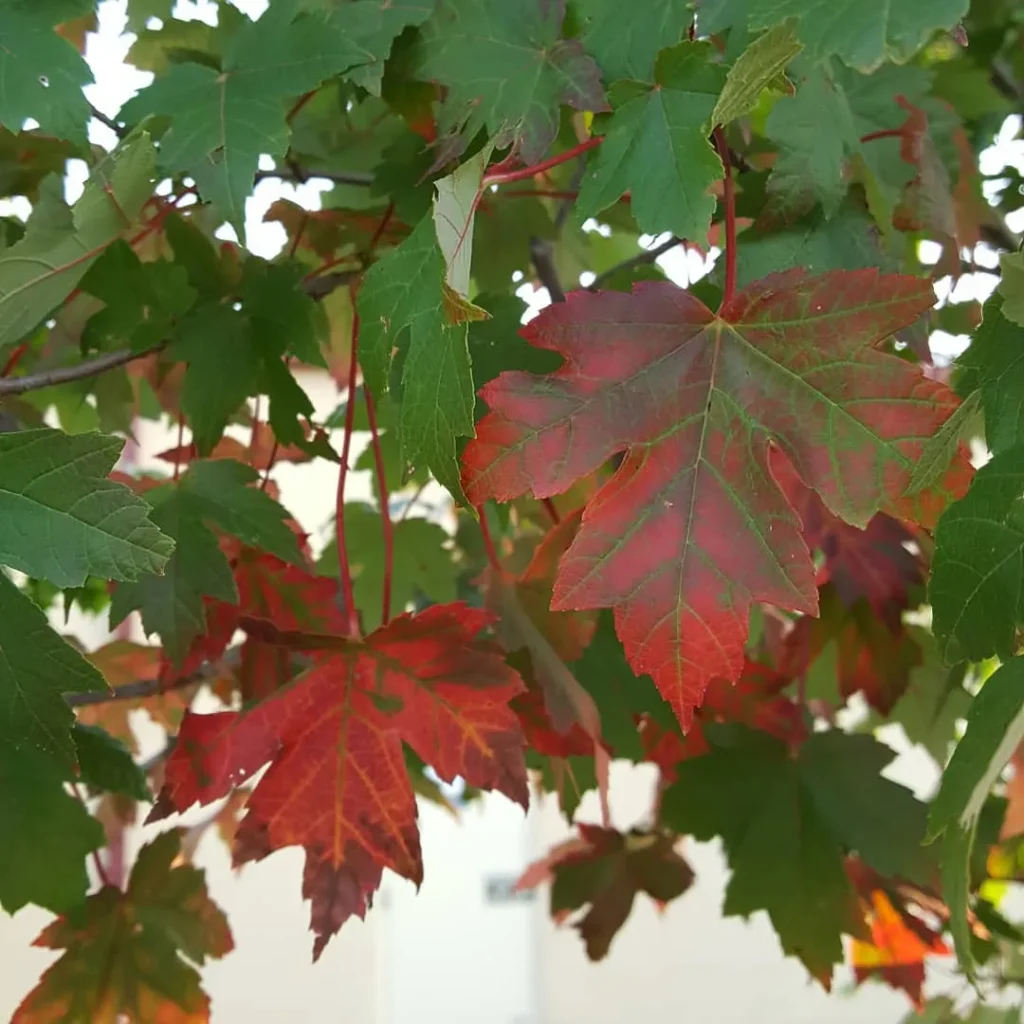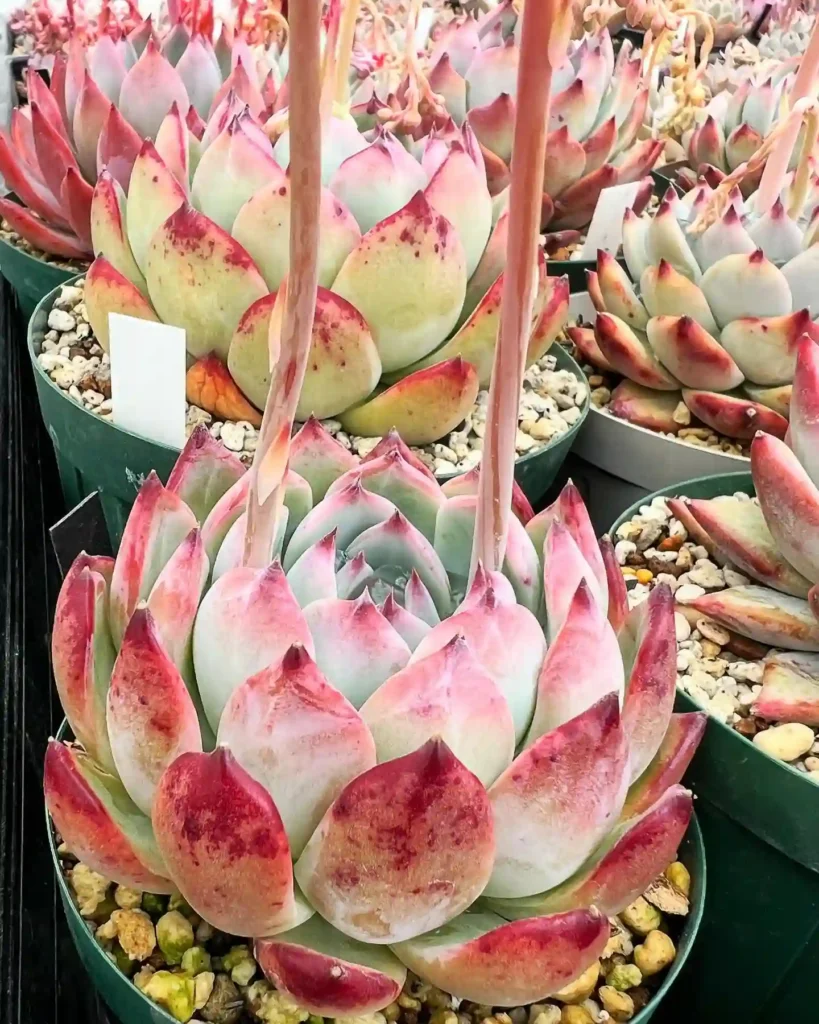
The Delightful Ruellia Humilis: A Low-Maintenance Beauty for Your Garden
As a passionate gardener, I’m always on the lookout for plants that are both visually striking and easy to care for. Enter Ruellia humilis, also known as the Wild Petunia. This little gem has captured my heart with its charming lavender blooms and fuss-free nature. Over the past few seasons, I’ve learned a great deal about this delightful wildflower, and I’m eager to share my experiences with you.
366 Species in Genus Ruellia
What is Ruellia Humilis?
The Wild Petunia isn’t actually related to its namesake, but the resemblance is undeniable. Ruellia humilis boasts trumpet-shaped blooms in a range of lavender hues, adding a pop of color to your garden beds or borders. These cheerful blossoms typically appear in midsummer and continue their vibrant display for up to two months.
This low-growing perennial reaches a mature height of around 12 inches, making it a perfect choice for edging walkways or filling in gaps between taller plants. Its compact, bushy form creates a lovely textural contrast alongside flowing ornamental grasses or delicate ferns.
Bringing the Buzz to Your Garden: Ruellia Humilis and Pollinators
One of the things I love most about Ruellia humilis is its irresistible charm to pollinators. The nectar-rich flowers are a magnet for hummingbirds, butterflies, and long-tongued bees. Watching these delightful creatures flit amongst the blooms, adding a touch of life to my garden, is a constant source of joy.
If you’re looking to create a haven for pollinators, Ruellia humilis is a fantastic addition. Its ability to thrive in various soil conditions and its long blooming season make it a reliable source of sustenance for these vital garden visitors.
Ruellia Humilis vs Ruellia Caroliniensis
I’ve grown Ruellia Humilis in my garden and found it to be a hardy, low-maintenance plant with lovely, small purple flowers that bloom consistently throughout the warmer months. On the other hand, Ruellia Caroliniensis has been a bit of a challenge for me; while it also has charming flowers, its growth seems more sporadic and requires a bit more attention to keep it looking its best.
How to plant and care for Ruellia Humilis?
The beauty of Ruellia humilis extends to its ease of care. This adaptable plant thrives in full sun to part shade, making it suitable for a variety of garden settings. Whether you have a sunny border or a shady corner, Ruellia humilis can likely find a happy home in your space.
When it comes to soil, this wildflower isn’t fussy. It tolerates a range of conditions, from average to dry soil. In fact, it can even handle shallow or rocky areas, making it a great choice for xeriscaping projects that aim to conserve water.
Once established, Ruellia humilis is quite drought-tolerant. However, during prolonged dry spells, providing occasional deep watering will help maintain its vibrant blooms. Regular deadheading, the removal of spent flowers, will also encourage continued flowering throughout the season.
Propagating Ruellia Humilis: Sharing the Beauty
The beauty of Ruellia humilis is something I want to share with fellow gardening enthusiasts. Luckily, this delightful plant is easy to propagate, allowing you to expand your own stock or share it with friends.
There are two main methods for propagating Ruellia humilis: division and stem cuttings. Division is best done in early spring or fall when the plant is dormant. Simply dig up a mature clump and carefully divide it into sections, each with healthy roots and shoots. Replant the divisions in their new locations and water them well.
For stem cuttings, take non-flowering stems in late spring or early summer. Cuttings should be around 4-6 inches long. Remove the lower leaves and dip the cut end in a rooting hormone (optional but can improve success rate). Plant the cuttings in a pot filled with a well-draining potting mix and keep them moist until they develop roots.
Ruellia Humilis: The Perfect Companion Plant
Ruellia humilis plays well with others in the garden. Its low-growing habit makes it an excellent companion for taller perennials and flowering shrubs. Here are a few ideas for creating stunning combinations:
- For a vibrant display: Pair Ruellia humilis with yellow Coreopsis or orange Butterfly Weed for a burst of color.
- For a textural contrast: Plant Ruellia humilis alongside ornamental grasses like Miscanthus or Calamagrostis for a dynamic combination of textures.
- For a butterfly haven: Create a butterfly haven by planting Ruellia humilis near butterfly milkweed (Asclepias) and Echinacea purpurea.
Is Ruellia Humilis Toxic to Pets?
While Ruellia humilis is considered a low-toxicity plant for humans, it’s always best to err on the side of caution when it comes to pets. The leaves and flowers may cause mild stomach upset if ingested in large quantities. If you have curious pets that tend to nibble on plants, it might be best to choose a different variety for your garden.
If i die, water my plants!



